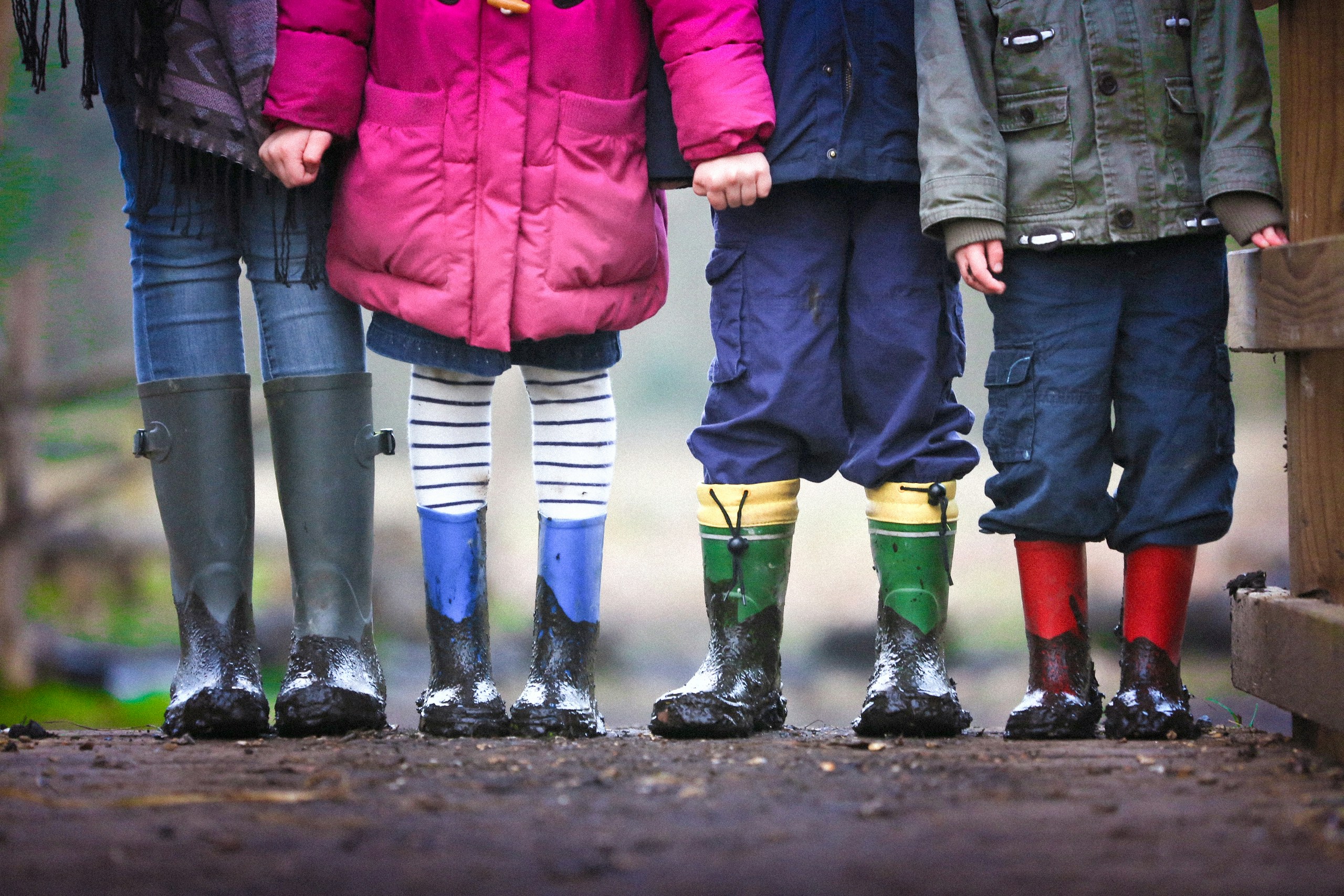
Our children are the most precious human beings that we’ll ever be fortunate enough to meet. Born into the world of pure innocence, as they grow we nurture them, teach them, and protect them from the dangers of the world.
Unfortunately, as a parent, you might not be able to protect your children from all dangers that lurk beyond the threshold of your home. And when some of these dangers do find our children, we often feel just as hurt as they do.
Child abuse is one of these dangers. And though this can (and does) happen in the home, it can also happen in the places you might least expect.
Protecting your children is a duty of the highest order as a parent. And knowing the signs of abuse can be a vital aspect to preventing this awful act from happening ever again.

Where Can Abuse Occur?
The short answer is: Anywhere. It’s an unfortunate reality that children are subject to abuse of many kinds as they grow older. Some of this abuse comes from parents. Sometimes it’s from family friends.
But perhaps a few of the more common places where abuse is prevalent is within the institutions that we trust the most to keep our children safe.
Abuse can occur at schools, at the hands of a teacher. It can also occur during extra-curricular activities, at the hands of a coach. And abuse can also occur from the hands of our religious leaders, in the halls that house our faiths.
For example, it’s been an alarming trend that has caught national attention in recent years of the abuse at the hands of clergy in many of our nation’s churches. And many have sought compensation for abuse from clergy due to this unfortunate fact.
Physical Signs
A parent’s job is to pay close attention to their children, to notice even the slightest blemish on their bodies in order to ensure that they grow up healthy and unharmed. And when a child has been the victim of abuse, he or she will likely have some physical trace of this abuse.
Some of the more common physical signs of sexual abuse in children might be subtle, but sometimes they are also easily recognizable.
Signs of sexual abuse can include bruising or redness on the legs, hips, and buttocks. This may also be evident by chaffing or swelling around the genitals, or around the mouth.
Additionally, redness or bruising around the neck and chest may also be tell-tale signs of physical or sexual abuse.
Behavioral Signs
One thing that you might notice in the case of abuse is that your child may show behavioral signs of abuse even if no physical signs are present. It should also be noted that behavioral signs of abuse are much more difficult to pinpoint in children of younger ages, particularly in children younger than 5.
One of the more evident signs that your child has been the victim of abuse is the overall demeanor that changes after an incident of abuse.
He or she might not be as playful or cheerful. Or, he or she may seem withdrawn and listless. These are all signs that your child’s mental health might be suffering in some capacity.
Other behavioral signs might include a sudden interest in his or her genitalia, or an interest in the genitalia of others. Some children draw explicit sexual scenes or play with their toys in a sexual manner. And some children will openly ask you to touch them or “tickle” them in inappropriate areas.
Behavioral signs also vary between boys and girls, but this sort of behavior (if noticed) should never go without considering it as a sign of abuse.
We strive every day to keep our children safe from harm in every way. And though it’s a thought that nobody wants to have on their minds, if you notice any of the aforementioned signs, it’s your duty to report the abuse and investigate the matter.




Be the first to comment